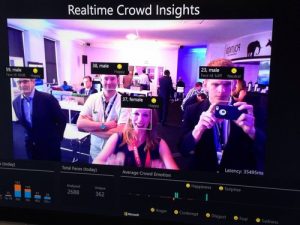Are We Entering an AI Price-Fixing Dystopia?
“Algorithmic price-fixing appears to be spreading to more and more industries,” warns the Atlantic. “And existing laws may not be equipped to stop it.”
They start with RealPage’s rental-property software (pointing out that “a series of lawsuits says it’s something else: an AI-enabled price-fixing conspiracy” and “The lawsuits also argue that RealPage pressures landlords to comply with its pricing suggestions.”) But the most important point is that RealPage isn’t the only company doing this:
Its main competitor, Yardi, is involved in a similar lawsuit. One of RealPage’s subsidiaries, a service called Rainmaker, faces multiple legal challenges for allegedly facilitating price-fixing in the hotel industry. (Yardi and Rainmaker deny wrongdoing.) Similar complaints have been brought against companies in industries as varied as health insurance, tire manufacturing, and meat processing. But winning these cases is proving difficult.The article notes that “Agreeing to fix prices is punishable with up to 10 years in prison and a $100 million fine.” But it also notes concerns that algorithms could produce price-fixing-like behavior that’s “almost impossible to prosecute under existing antitrust laws. Price-fixing, in other words, has entered the algorithmic age, but the laws designed to prevent it have not kept up.”
Last week, San Francisco passed a first-of-its-kind ordinance banning “both the sale and use of software which combines non-public competitor data to set, recommend or advise on rents and occupancy levels.”Whether other jurisdictions follow suit remains to be seen.
In the meantime, more and more companies are figuring out ways to use algorithms to set prices. If these really do enable de facto price-fixing, and manage to escape legal scrutiny, the result could be a kind of pricing dystopia in which competition to create better products and lower prices would be replaced by coordination to keep prices high and profits flowing. That would mean permanently higher costs for consumers — like an inflation nightmare that never ends.


 From
From 
